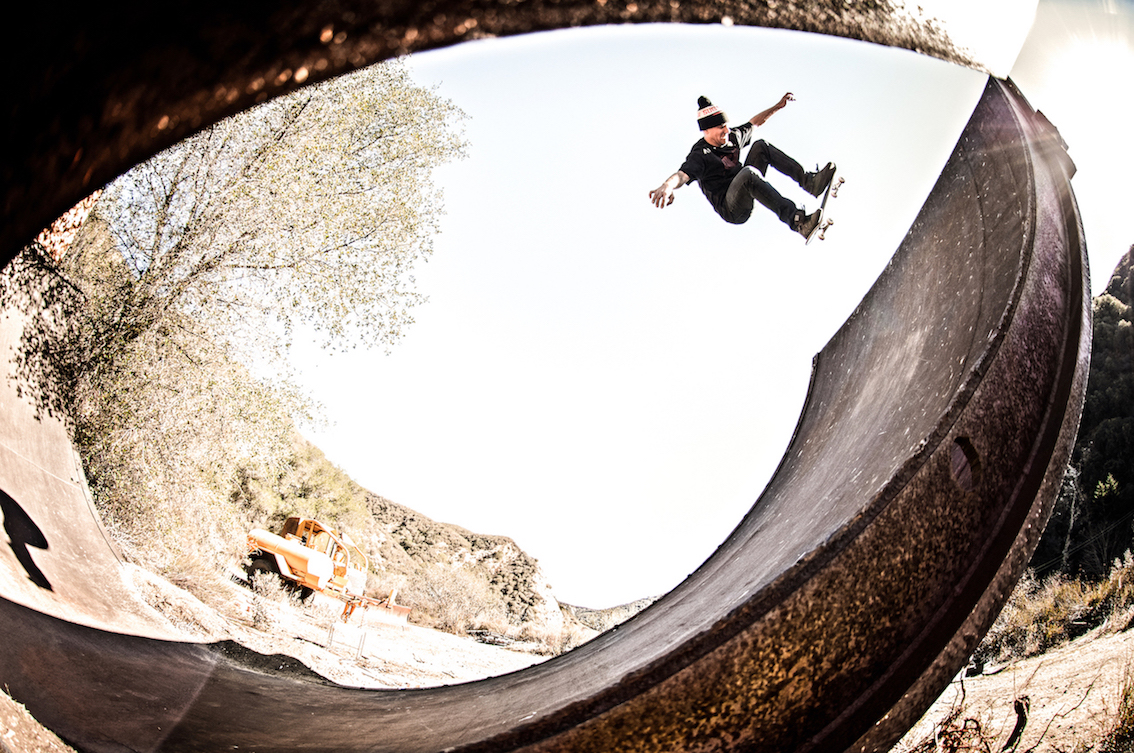As well as the skateboarders who enter our events, we are also stoked to shine a light on the skateboarders who work alongside them. As with our drop-ins on Renton Millar and Alexis Jauzion, we would here like to give a little love to Street Course Manager Marko Jazbinsek, and allow him to share some of his incredible dreamer's story with us.
In the 1990's, skateboarding was still heavily California-centric, both in terms of industry and by extension sponsorship opportunities. The usual path to skate stardom by skateboarders from elsewhere in the world was to get on distributor flow for a brand then head out to California to try and better integrate themselves into their machine. Even then, you were going up against legions of hungry American kids who themselves had drifted toward the heartland- as well as those born and raised there.
For someone to move to America and make a livelihood for themselves in skateboarding outside of that sponsorship nexus was next to unheard of, but that is exactly what our Slovenian friend did. I first became aware of his Sugar Skateboards brand through their small adverts which appeared in the back pages of Thrasher, but it was only much later that a fellow Slovenian skater told me how Marko had left home not long after the break-up of Yugoslavia with just a rucksack and a dream. We will let him pick up the story for you in his own words.
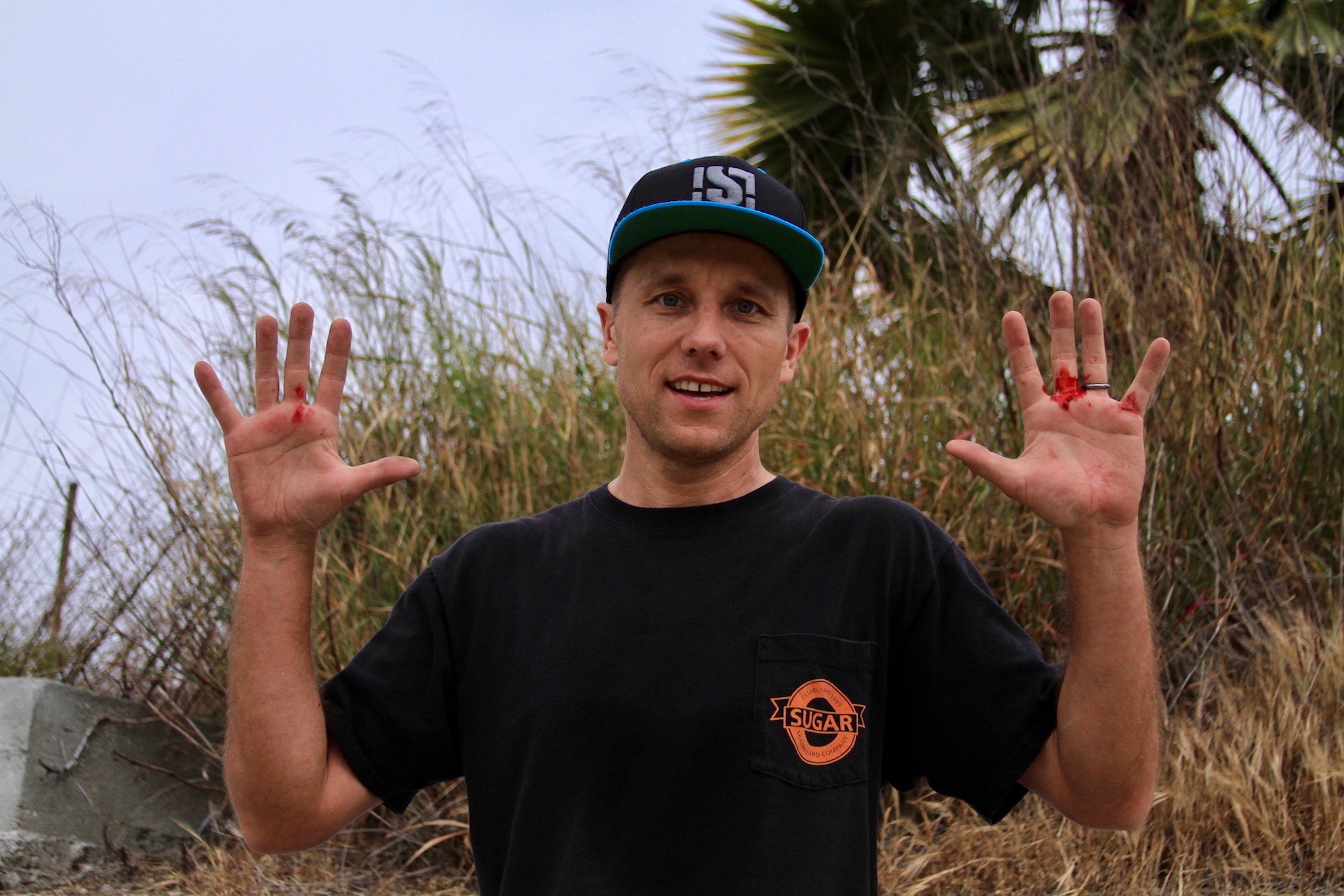
What was the skate scene like at the time you started out?
There was a significant shift in skateboarding from the late '80s to the early '90s. Skateboarding moved away from vertical skateboarding, with skaters wearing pads and helmets, and transitioned into street skateboarding. That era was characterized by bleached hair, baggy pants, small wheels, punk rock and hip hop music, and the emergence of streetwear. We would watch VHS skate videos and read skate magazines, constantly learning new tricks.
During that time, there was also a change in deck shapes. Skateboards transitioned from the larger directional-shaped decks to the smaller popsicle-shaped decks that we skate today. We skated plazas and backyard mini ramps, and competitions began to emerge, with camcorders becoming a common tool for recording skateboarding sessions. In Verona, Italy, just about a three-hour drive from my house, there was a massive indoor concrete skatepark called Roxy Rings, which was truly incredible.
The early '90s laid the groundwork for modern skateboarding, and it remains my favorite era. I'm grateful to have experienced it.
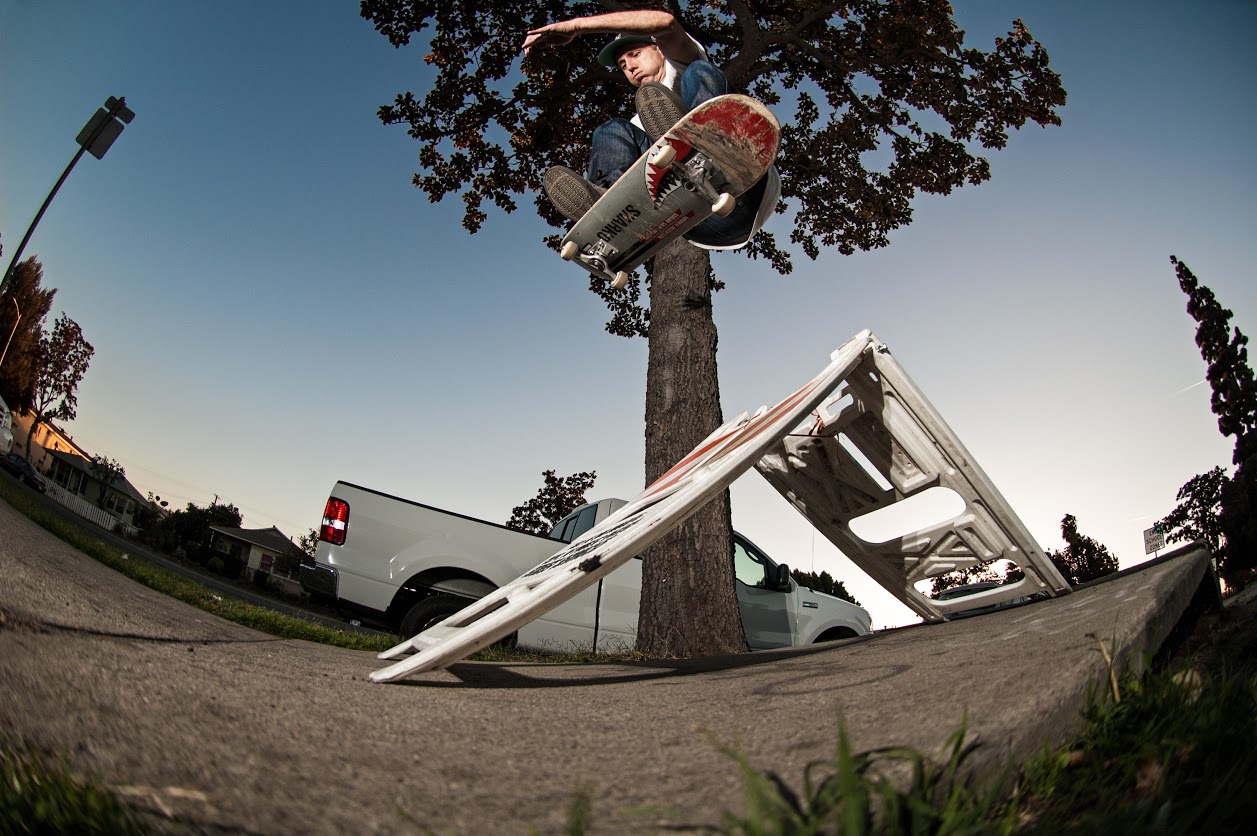
Did you guys in Slovenia have much connection to the skaters in Croatia and Serbia at that time, or was the scene just pockets here and there?
Skaters from Croatia and Serbia would often visit Slovenia to skate the street spots, and participate in competitions. Conversely, we would venture to Zagreb, Croatia, which was roughly a two-hour train ride from Ljubljana, as it offered different street spots.
In the early '90s, I embarked on an overnight train journey to Belgrade, Serbia, for the opening of a skatepark and a skateboarding competition. When I got there, I was surprised to find a TV crew on the scene, doing interviews and asking me questions.
That marked my first real glimpse into the intensity of attention that comes with being skilled in skateboarding. It was an unforgettable experience.
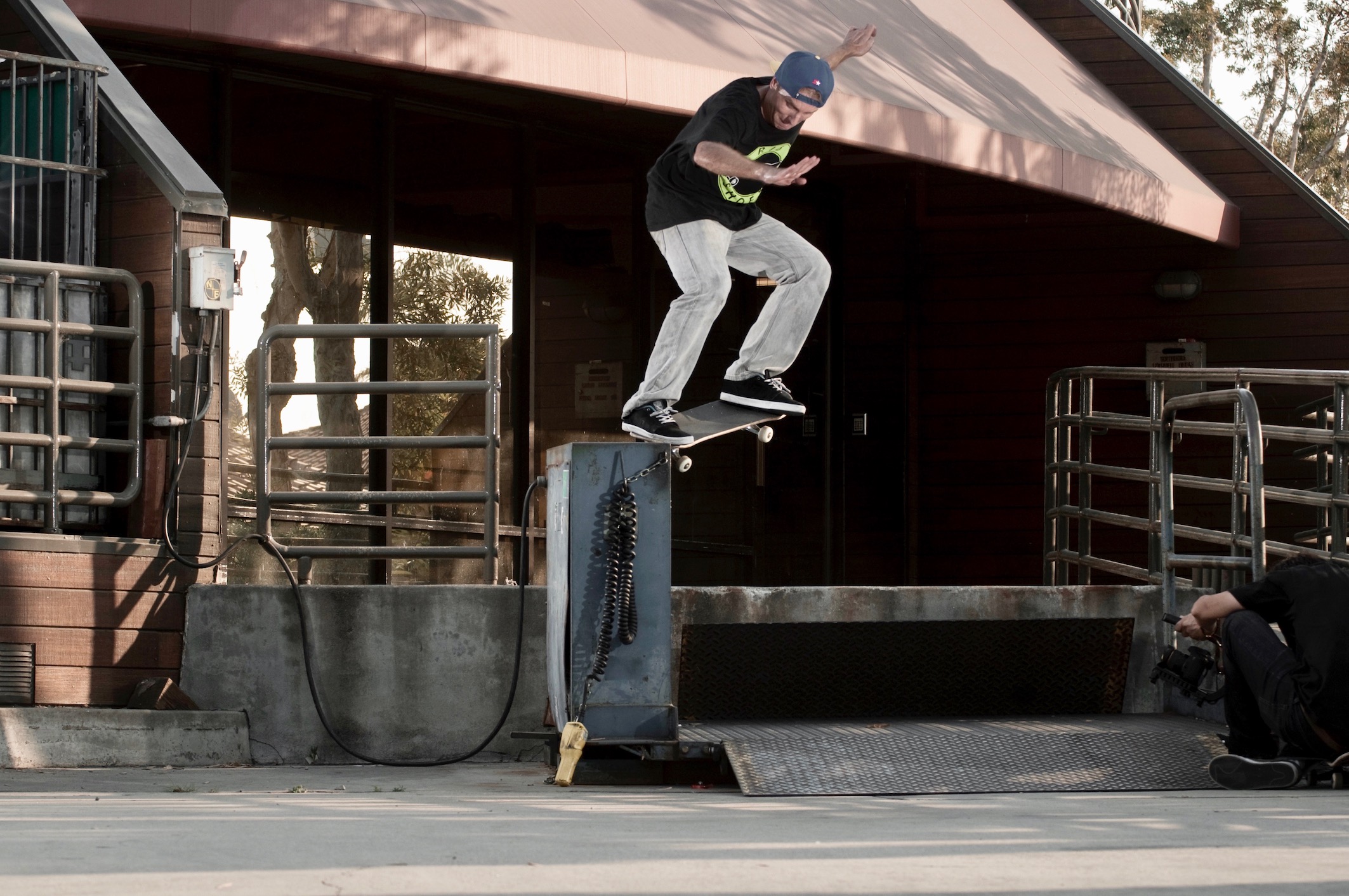
Can you tell us the story of your move to America?
I used to skateboard every day, all day. I either won or placed well at competitions, both in street and mini ramp events. I was really good at street skateboarding. This was in 1994, and I was… nineteen years old, at the time. However, I eventually hit a plateau and began to question if this was it for me- was I done with skateboarding? At that point, my Mum suggested going to America.
So, in the spring of 1995, I packed my backpack and brought $10,000 in cash with me to America. I rented an apartment just a couple of blocks away from the Santa Monica courthouse, which soon became a hub for European skaters traveling to LA in the '90s.
The first I heard tell of Sugar Skateboards were those ads in Thrasher, and then (Slovenian skatepark builder and OG) Davor Miljković told me the owner was a Slovenian ex-pat friend of his- what was your experience of starting a brand from nothing right in the Californian crucible of skateboarding?
Davor is the man! Sugar represents my creative expression and contribution to skateboarding: I find joy in creating graphics, designing shapes, and dealing with shops and skaters. It's my passion, and it brings me happiness.
However, organizing and funding three coast-to-coast tours and producing three full-length videos is no small task. Building and maintaining a brand is indeed a lot of work, so congratulations to everyone doing it successfully!
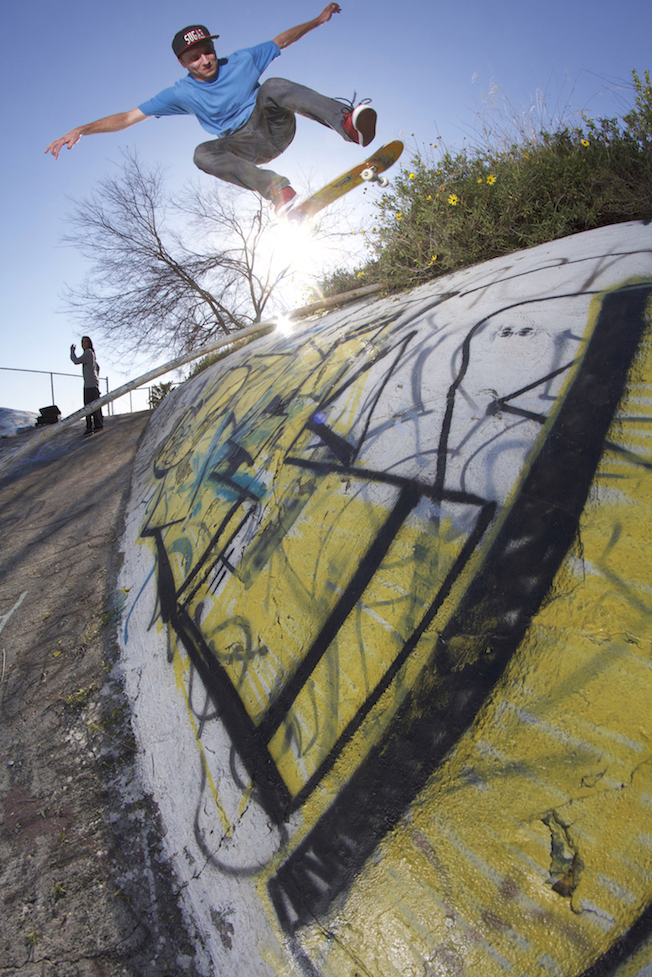
What does your day-to-day life look like today?
I live in the suburbs of Los Angeles, where I own a small business: skate shop and a skate distribution company. I am deeply involved in the skateboarding industry, from product development and purchasing, managing the production of skateboard decks to helping out skateboarders.
Operating in Southern California... it's not easy, due to the intense competition in the area. Nonetheless, I keep myself busy with my work but I also make sure to take breaks to skate at the local parks. I've been blessed to have been able to pursue my passion for the past 30 years while making a living from it.
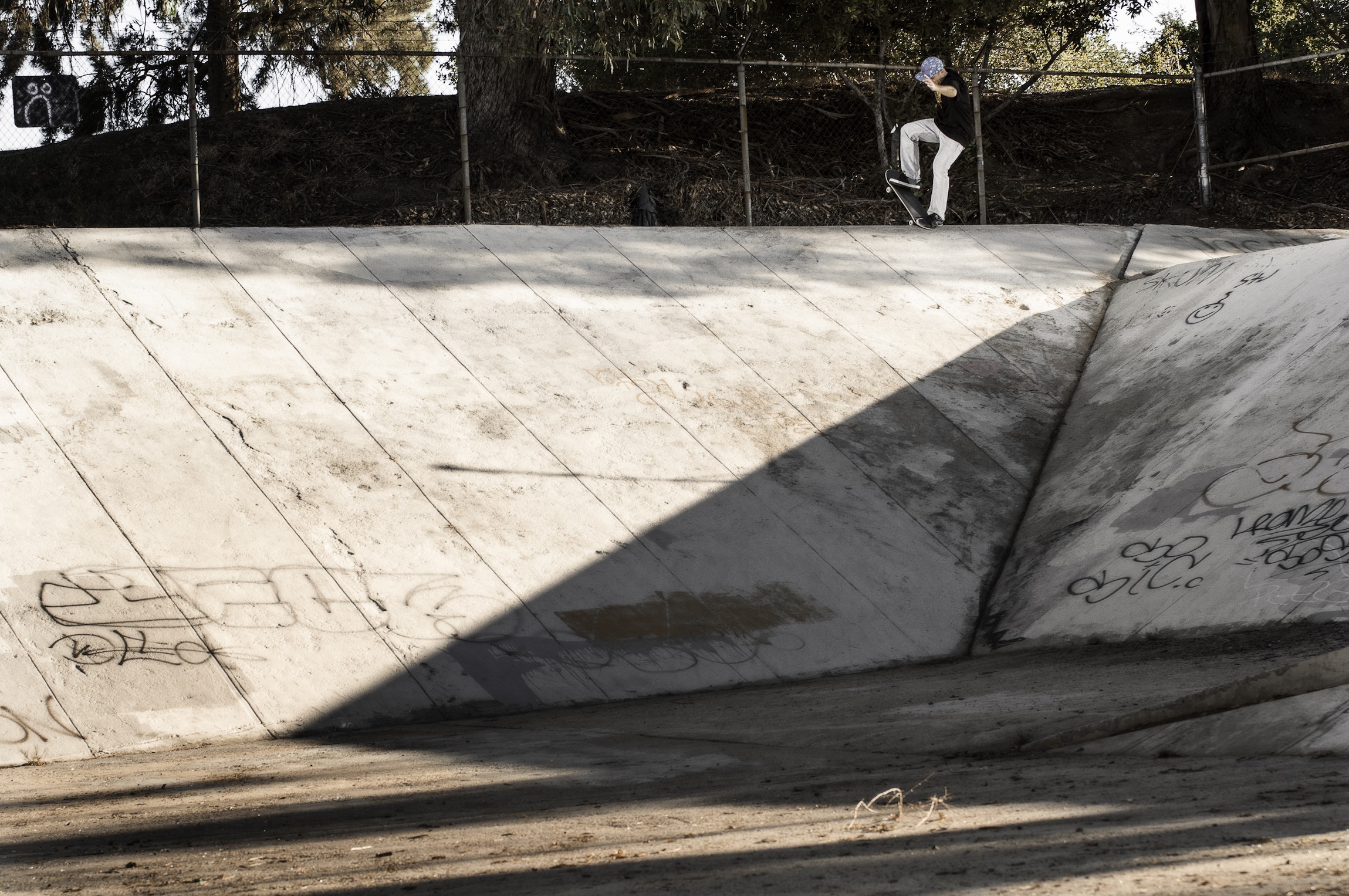
So: as well as having been skating solidly for 30 years you are also a Course Manager for World Skate. What does that involve?
I ensure the competition runs smoothly by overseeing various tasks. This includes checking in the skaters and the federations, ensuring the FOP is clean and in good condition, verifying that minors are wearing helmets, and staying connected to a live TV feed in one ear while communicating with the technical delegation in the other.
I also provide signals to the skaters indicating when to drop in and address any situations or medical emergencies as they arise.
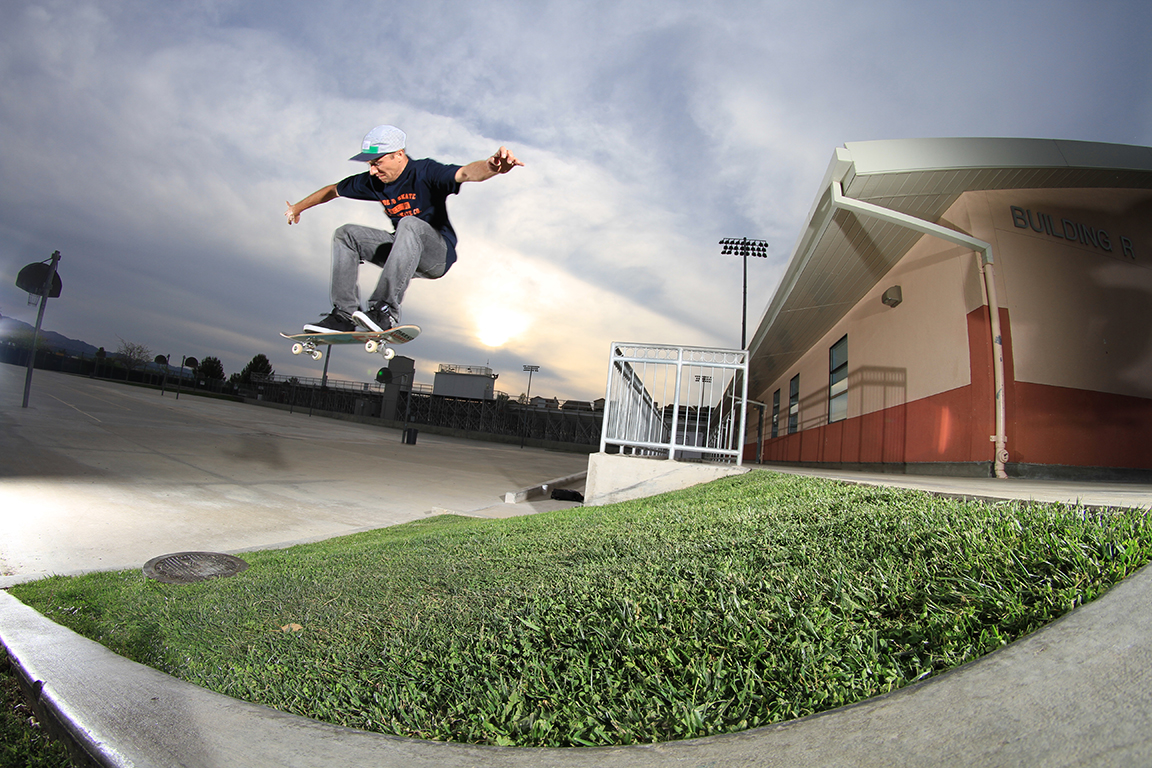
Is it hard to keep your concentration levels up in the long qualifier days?
It's not easy. I prepare myself mentally and physically for this events. We are at the FOP for up to 12 hours a day sometimes. However, I love watching skateboarding, especially when I see skaters putting in the effort to perfect their runs. It brings back memories of my youth when I used to compete, doing the same thing: striving to put together my best run.
Who are your favourite skaters of all-time?
My early inspiration was Tony Hawk during his time under Stacy Peralta's guidance. I admired how he conducted himself as both a showman and an entrepreneur. Later on, my admiration shifted to Danny Way and the original Plan B team led by Mike Ternasky- may he rest in peace.
However, when I witnessed PJ Ladd emerge alongside Donny Barley, Jereme Rogers, and Ryan Gallant from the East Coast, it was truly incredible. PJ Ladd holds the top spot as my all-time favourite. His dedication to skateboarding, combined with his laid-back and humble attitude, is highly inspiring to me.
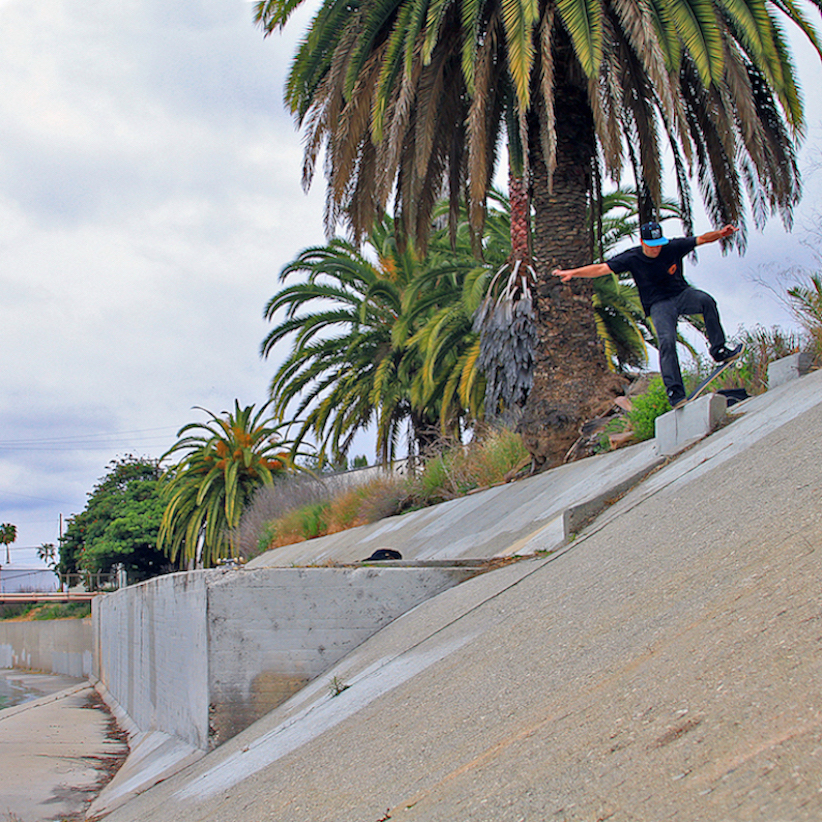
We have talked in the past about how skateboarding needs a plurality of avenues, let’s say, within the media landscape, especially- can you share your thoughts, there?
In skateboarding, we didn't have ESPN or any network sports channels to showcase our sport. Our primary mediums were magazines and videos; that's all we had. To some extent, it's understandable why the skateboarding media and industry were centralised in California, given that skateboarding originated there. However, having a variety of options to share skateboarding stories is beneficial for the sport, in my opinion. It's fantastic that social media has become a platform for skateboarding, and the fact that skateboarding is now a part of the Olympics is a significant development. These changes level the playing field for skaters from around the world and provide them with opportunities to shine.
How do you perceive the skate industry today as a skater- versus business owner- versus contest co-ordinator? Where is it strong, where is it weak?
When it comes to manufacturing, distribution, and marketing, I believe the industry is robust, considering it has a history of about 50 years. For example, skateboarding has a strong presence on social media. Perhaps we could focus on improving profit margins to ensure that skate shops, which serve as the frontline of our industry, can maintain their sustainability. Overall, the industry is stable and has matured significantly…however, I think there is room for improvement in competitions, coaching, and skateparks. For instance- there's a need for skateparks in countries where skateboarding is still in its early stages.
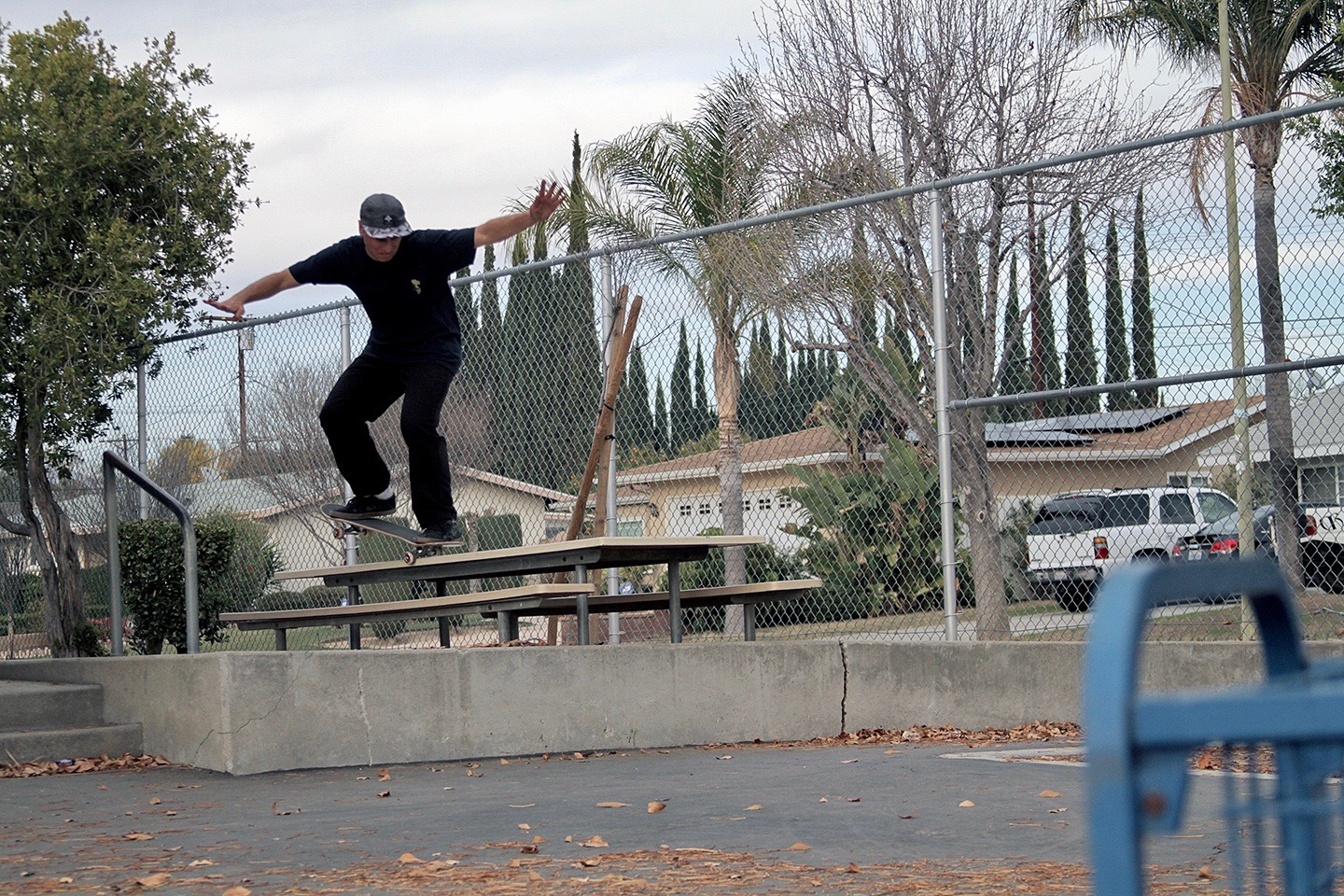
Give us your roll-call of everybody you'd like to tip your glass to?
I would like to thank Martin, Lauro, and Luca at World Skate for giving me with the opportunity to take on the role of Street Course Manager.
